Dolphins, marine mammals renowned for their intelligence, playful behavior, and streamlined bodies, capture the human imagination like few other creatures. These captivating animals inhabit oceans and rivers worldwide, exhibiting a remarkable diversity in species, behaviors, and adaptations. This comprehensive guide delves into the fascinating world of dolphins, exploring their evolution, biology, behavior, ecological role, and interactions with humans.
What is a Dolphin?
Dolphins belong to the order Cetacea, specifically the suborder Odontoceti, the toothed whales. They are not fish, but warm‑blooded mammals, meaning they breathe air, give birth to live young, and nurse their calves. The name “dolphin” does not have a strict taxonomic definition. It is often used to refer to members of the family Delphinidae, which includes around 40 species, but it also extends to several other toothed‑whale families. Their size varies dramatically, from the diminutive Maui’s dolphin, measuring around 1.7 meters, to the massive orca, or killer whale, which can exceed 9 meters in length.
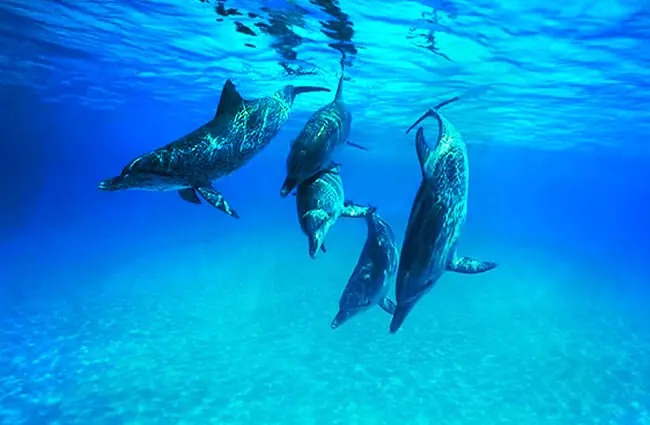
Dolphin Evolution: A Journey Through Time
The evolutionary history of dolphins is a remarkable tale of adaptation from land‑dwelling ancestors. Fossil evidence suggests that early cetaceans originated from terrestrial mammals around 50 million years ago, during the Eocene epoch. These early ancestors, such as Pakicetus, were four‑legged creatures resembling wolves or dogs. Over millions of years, they gradually transitioned to an aquatic lifestyle, developing streamlined bodies, flippers, and blowholes. The transition involved stages of increasing aquatic dependence, leading to the emergence of modern dolphins between 5 and 10 million years ago. Fossil discoveries continue to refine our understanding of this evolutionary journey.
Habitat and Distribution
Dolphins exhibit an impressive range of habitats, from the cold waters of the Arctic to the warm, tropical oceans and even some rivers. Their distribution is influenced by factors such as water temperature, food availability, and the presence of suitable breeding grounds. Some species, like the bottlenose dolphin, are cosmopolitan, found in oceans worldwide. Others, such as the Amazon river dolphin, are restricted to freshwater environments. Coastal dolphins often inhabit bays, estuaries, and shallow waters, while oceanic dolphins prefer the open ocean.

Diet and Feeding Habits
As the name suggests, dolphins are toothed whales, possessing conical teeth adapted for grasping prey rather than chewing. Their diet varies depending on the species and habitat, but generally consists of fish, squid, and crustaceans. Dolphins are skilled hunters, employing a variety of techniques to capture their prey. These include echolocation—a sophisticated sonar system that allows them to navigate and locate prey in murky waters—and cooperative hunting strategies, where dolphins work together to herd and capture fish. Some species also scavenge for food, especially in areas with high fish mortality.
Echolocation: The Underwater Sixth Sense
Echolocation is a remarkable adaptation that allows dolphins to “see” with sound. They emit high‑frequency clicks and whistles, then analyze the returning echoes to create a mental image of their surroundings. This enables them to detect the size, shape, distance, and movement of objects, even in complete darkness or murky water. The precision of their echolocation is astounding, allowing them to distinguish between different species of fish and even identify objects buried in the seabed.
Social Behavior and Communication
Dolphins are highly social animals, often living in groups called pods. Pod size can vary from a few individuals to hundreds, depending on the species and habitat. Within a pod, dolphins exhibit complex social interactions, including play, grooming, and cooperative hunting. They communicate with each other using a variety of vocalizations, including whistles, clicks, and pulsed calls. Each dolphin has a unique “signature whistle,” which functions like a name, allowing individuals to identify and recognize each other. They also communicate through body language, such as leaps, tail slaps, and pectoral‑fin rubs.
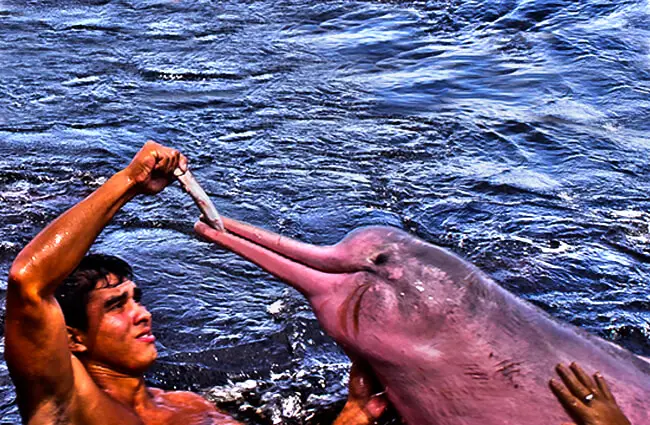
Reproduction and Life Cycle
Dolphins have a relatively slow reproductive rate. Females typically reach sexual maturity between 5 and 12 years of age, depending on the species. Gestation periods vary from 9 to 17 months. Females usually give birth to a single calf, although twins can occur. Calves are born tail first to prevent drowning. Mothers nurse their calves for several months to several years, providing them with essential nutrients and antibodies. Calves remain dependent on their mothers for a prolonged period, learning essential survival skills such as hunting and social behavior. Dolphins can live for several decades, with some species exceeding 50 years of age.
Ecological Role and Interactions
Dolphins play a crucial role in marine ecosystems. As apex predators, they help regulate populations of fish, squid, and other marine organisms. Their feeding activities can also influence the distribution and abundance of prey species. Dolphins interact with a variety of other marine animals, including seabirds, seals, and whales. They sometimes cooperate with fishermen, herding fish toward nets, but they can also compete with fishermen for resources.
Dolphins and Humans: A Complex Relationship
Humans have a long and complex relationship with dolphins. Throughout history, dolphins have been revered in many cultures, often depicted as symbols of intelligence, grace, and playfulness. However, dolphins have also been hunted for meat, oil, and other products. Today, dolphins face a number of threats from human activities, including habitat loss, pollution, entanglement in fishing gear, and climate change.
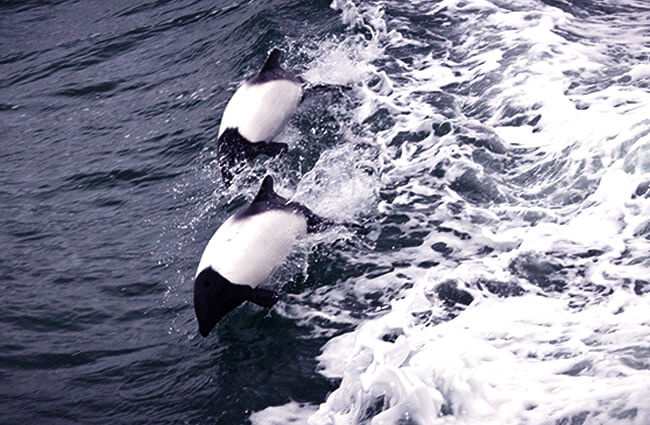
Dolphin Species Spotlight
Here is a brief overview of a few notable dolphin species:
- Bottlenose Dolphin: The most well‑known species, found in warm and temperate waters worldwide. It is renowned for its intelligence and playful behavior.
- Orca (Killer Whale): The largest dolphin species, found in all oceans. It is highly intelligent, social, and employs diverse hunting strategies.
- Amazon River Dolphin (Boto): A freshwater species found in the Amazon and Orinoco rivers. It is characterized by its pink coloration and flexible body.
- Commerson’s Dolphin: A small, black‑and‑white dolphin found in cold waters around South America and the Falkland Islands.
- Hector’s Dolphin: One of the smallest and rarest dolphin species, found only in the coastal waters of New Zealand.
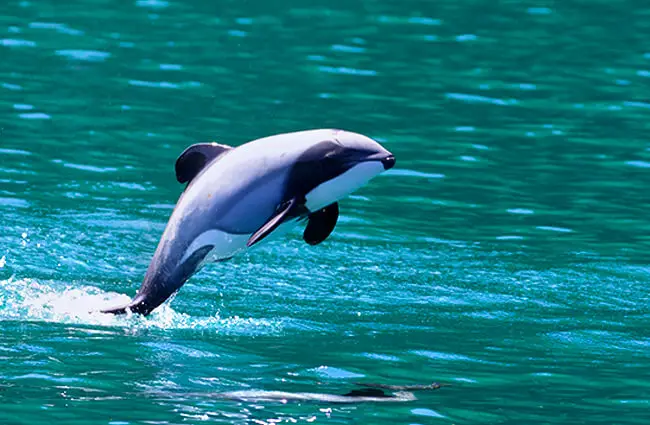
Finding Dolphins in the Wild
Observing dolphins in their natural habitat is a truly rewarding experience. Popular locations for dolphin watching include:
- Florida and California (USA): Bottlenose dolphins are abundant in these areas.
- Azores (Portugal): A hotspot for a variety of dolphin and whale species.
- Monterey Bay (California): Known for its diverse marine life, including dolphins, whales, and seals.
- The Bahamas: Home to a large population of Atlantic spotted dolphins.
- New Zealand: A prime location for observing Hector’s dolphins.
When observing dolphins, it is important to maintain a safe distance and avoid disturbing their natural behavior. Choose responsible tour operators that follow ethical guidelines for wildlife viewing.
Dolphin Care in Captivity
Caring for dolphins in captivity requires specialized knowledge and resources. Key considerations include:
- Spacious and Stimulating Enclosures: Provide ample space for swimming and play, as well as enriching environments with toys and challenges.
- Proper Nutrition: Offer a balanced diet of fresh fish and other marine organisms.
- Veterinary Care: Conduct regular health checkups and treat illnesses or injuries promptly.
- Social Interaction: Allow dolphins to interact with other dolphins in a compatible pod.
- Mental Stimulation: Provide opportunities for learning and problem‑solving.
It is crucial to prioritize the welfare of dolphins in captivity and ensure that their needs are met. There are ongoing debates regarding the ethics of keeping dolphins in captivity, and it is important to consider these issues when evaluating the practice.

Dolphins continue to captivate and inspire awe. Their intelligence, social complexity, and adaptability make them remarkable creatures deserving of our respect and protection. By understanding their biology, behavior, and ecological role, we can contribute to their conservation and ensure that future generations can continue to marvel at these magnificent animals.
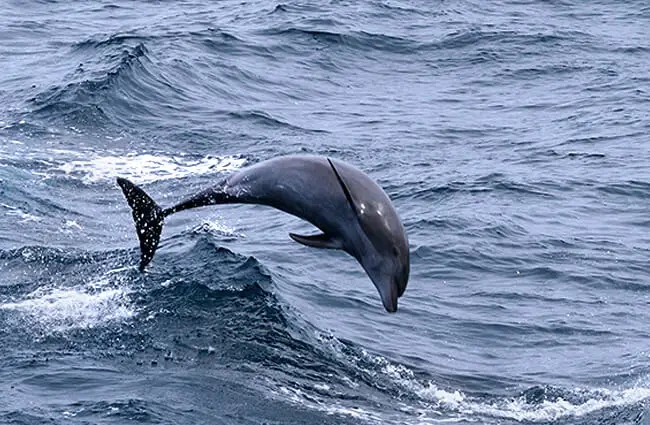
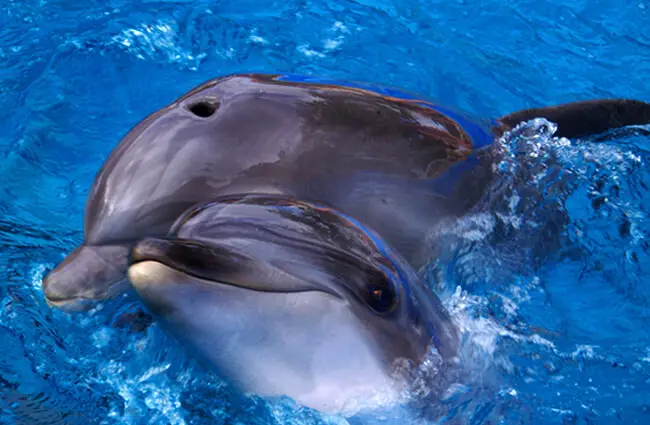
![Dolphin Photo by: Bernard Spragg. NZ [public domain] https://creativecommons.org/licenses/by-nd/2.0/](https://animals.net/wp-content/uploads/2020/02/Dolphin-9-650x425.jpg)


![Red Angus Closeup of a beautiful Red Angus cowPhoto by: U.S. Department of Agriculture [pubic domain]https://creativecommons.org/licenses/by/2.0/](https://animals.net/wp-content/uploads/2020/03/Red-Angus-4-238x178.jpg)




![Red Angus Closeup of a beautiful Red Angus cowPhoto by: U.S. Department of Agriculture [pubic domain]https://creativecommons.org/licenses/by/2.0/](https://animals.net/wp-content/uploads/2020/03/Red-Angus-4-100x75.jpg)

